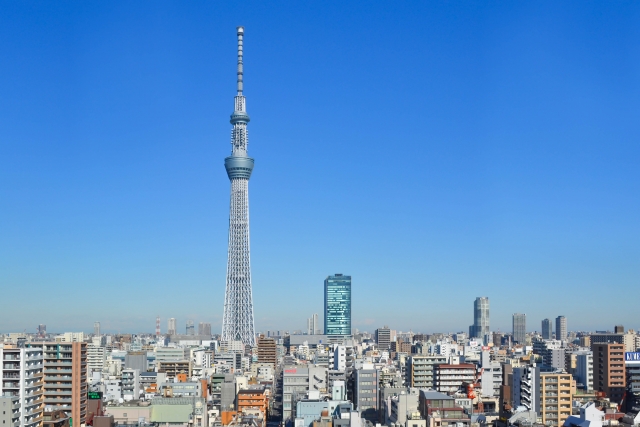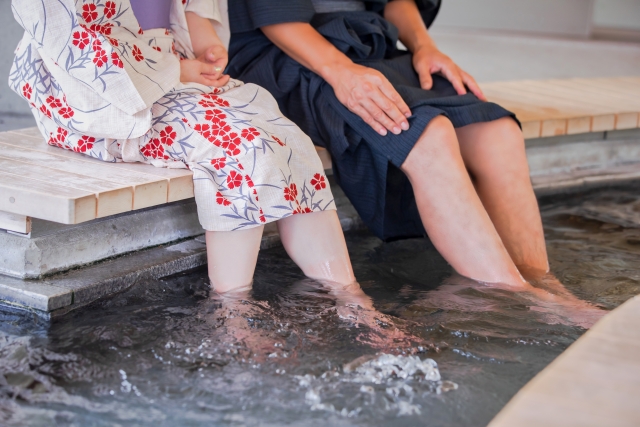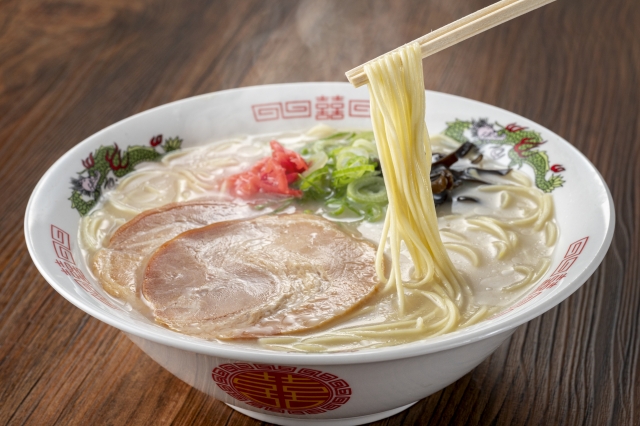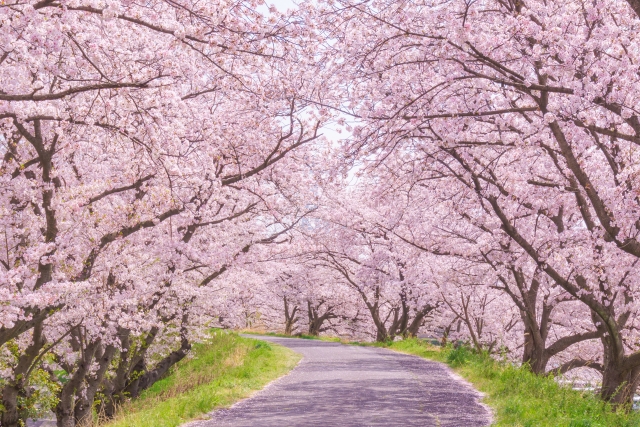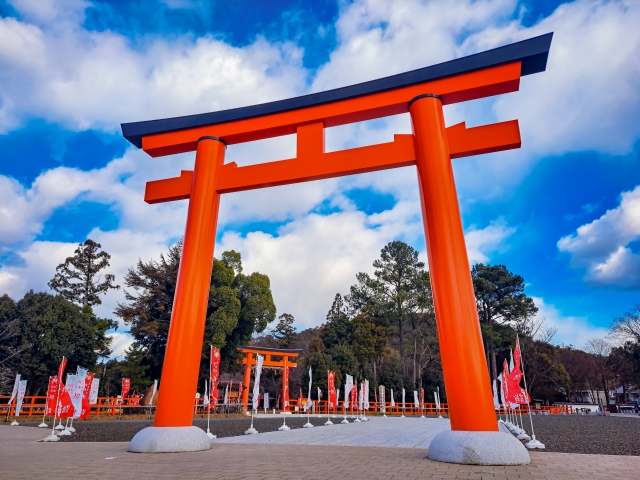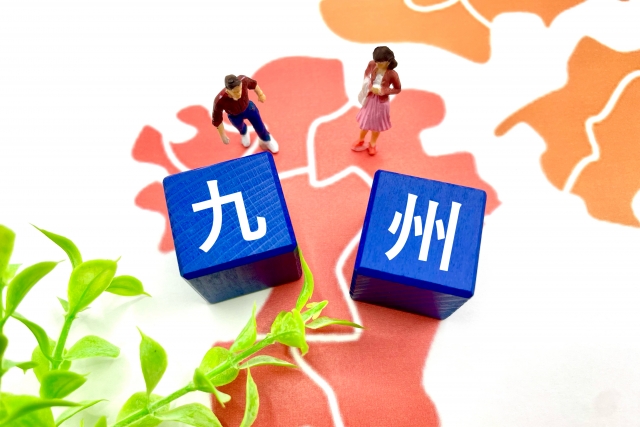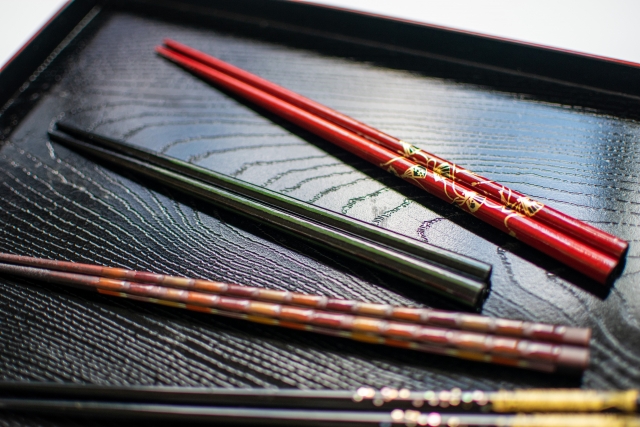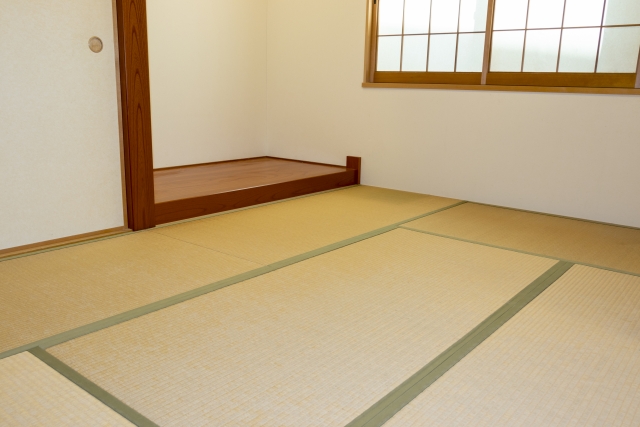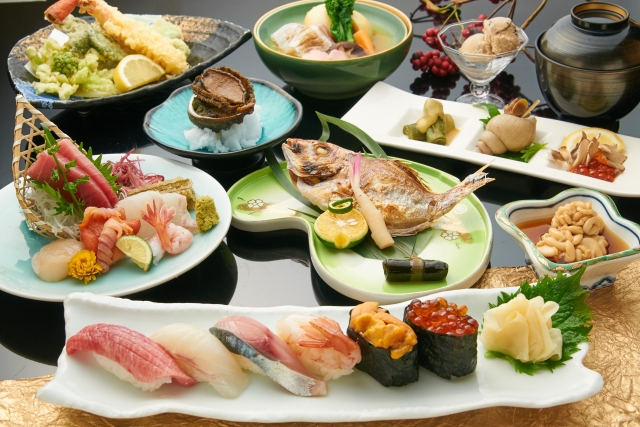Kimonos are one of Japan’s traditional crafts, which are extremely profound. They are carefully created one by one by craftsmen using traditional methods passed down from generation to generation. Since the introduction of Western clothing culture in the Meiji era, people have gradually become less and less likely to wear them on a regular basis, and they are rarely seen today. However, its full-length, T-shaped rose style has fans all over the world. In this article, I would like to introduce you to the history, types, charms, and how to wear the kimono so that you can enjoy it more.
 Kimono is the national costume of Japan. Surrounded by the sea and mountains, Japan is a country where you can enjoy the changes of the four seasons: spring, summer, autumn, and winter. One of the charms of the kimono is that you can enjoy the sense of the seasons not only with the kimono and obi, but also with stuffs such as sandals, bags, and decorative collars. Kimono is not made for moving easily and has restrictions, so you are required in different gestures than usual. By doing that , even your posture and choice of words will change to match the gesture. When you wear a kimono, you need to pay attention to your gestures and words, and you can encounter yourself different from always. The reason why there are still fans all over the world is that wearing a Yukata allows you to experience “Japanese femininity”.
Kimono is the national costume of Japan. Surrounded by the sea and mountains, Japan is a country where you can enjoy the changes of the four seasons: spring, summer, autumn, and winter. One of the charms of the kimono is that you can enjoy the sense of the seasons not only with the kimono and obi, but also with stuffs such as sandals, bags, and decorative collars. Kimono is not made for moving easily and has restrictions, so you are required in different gestures than usual. By doing that , even your posture and choice of words will change to match the gesture. When you wear a kimono, you need to pay attention to your gestures and words, and you can encounter yourself different from always. The reason why there are still fans all over the world is that wearing a Yukata allows you to experience “Japanese femininity”.

 Cranes are said to last a thousand years, and this pattern symbolizes longevity and happy marriage.
It is often worn at weddings.
Cranes are said to last a thousand years, and this pattern symbolizes longevity and happy marriage.
It is often worn at weddings.
 The phoenix, a legendary Chinese creature, is a pattern that symbolizes peace and happy marriage.
This pattern is also often worn for celebratory events, including weddings.
The phoenix, a legendary Chinese creature, is a pattern that symbolizes peace and happy marriage.
This pattern is also often worn for celebratory events, including weddings.
 The pine, bamboo and plum symbolizes perseverance and the birth of life.
It is often used for weddings, but is also worn for baby gifts and children’s events.
The pine, bamboo and plum symbolizes perseverance and the birth of life.
It is often used for weddings, but is also worn for baby gifts and children’s events.
 The cherry blossom, the national flower of Japan, is a flower that reminds us of spring, when many plants sprout, and thus represents the beginning of something lucky.
The cherry blossom, the national flower of Japan, is a flower that reminds us of spring, when many plants sprout, and thus represents the beginning of something lucky.
 Peonies symbolize nobility, wealth, and beauty.
Peonies symbolize nobility, wealth, and beauty.
 Camellia is said to have been popular among the nobility in the past, as it was used as a medicine for longevity.
This pattern symbolizes nobility and sanctity, as it has been used as a cosmetic since the Heian period.
Camellia is said to have been popular among the nobility in the past, as it was used as a medicine for longevity.
This pattern symbolizes nobility and sanctity, as it has been used as a cosmetic since the Heian period.
 Butterflies symbolize the healthy growth of women, as they grow from caterpillars to chrysalises to butterflies.
Butterflies are also known as a pattern that symbolizes the happiness of married couples, as they appear to get along well together.
Butterflies symbolize the healthy growth of women, as they grow from caterpillars to chrysalises to butterflies.
Butterflies are also known as a pattern that symbolizes the happiness of married couples, as they appear to get along well together.
 The biggest difference between a yukata and a kimono is the time and occasion in which it is worn. Yukata is a light kimono worn in summer. Since the time of year is different, the way to wear it and the fabric are different.
Also, kimono is formal wear, so you can wear it as formal wear when attending a celebration, but yukata is not formal wear.
The biggest difference between a yukata and a kimono is the time and occasion in which it is worn. Yukata is a light kimono worn in summer. Since the time of year is different, the way to wear it and the fabric are different.
Also, kimono is formal wear, so you can wear it as formal wear when attending a celebration, but yukata is not formal wear.
 Kimonos are made of silk, cotton, wool, etc., while yukata are made of cotton, hemp, or recently, polyester.
The advantages of yukata are that it is highly absorbent and quick-drying, comfortable to wear, does not easily lose its shape, and is inexpensive, but it can look a little cheap.
Kimonos, on the other hand, are more solid, lined, and less transparent than yukata. It looks high quality and gives an elegant impression.
Kimonos are made of silk, cotton, wool, etc., while yukata are made of cotton, hemp, or recently, polyester.
The advantages of yukata are that it is highly absorbent and quick-drying, comfortable to wear, does not easily lose its shape, and is inexpensive, but it can look a little cheap.
Kimonos, on the other hand, are more solid, lined, and less transparent than yukata. It looks high quality and gives an elegant impression.
 Kimonos are basically worn with “hadajuban” (undershirt), “susoyoke” (underskirt), and “nagajuban” (long undershirt) as underwear.
For yukata, you sometimes wear hadajuban to prevent it from becoming transparent, but you do not wear nagajuban because it is too hot.
Kimonos are basically worn with “hadajuban” (undershirt), “susoyoke” (underskirt), and “nagajuban” (long undershirt) as underwear.
For yukata, you sometimes wear hadajuban to prevent it from becoming transparent, but you do not wear nagajuban because it is too hot.
 I won’t go into the details of how to put it on here, but although the way of dressing is almost the same, the kimono takes more time to put on than the yukata because of the different things worn underneath.
If you are wondering which to wear, a yukata or a kimono, I think you should try to choose depending on the time of year and the event.
I won’t go into the details of how to put it on here, but although the way of dressing is almost the same, the kimono takes more time to put on than the yukata because of the different things worn underneath.
If you are wondering which to wear, a yukata or a kimono, I think you should try to choose depending on the time of year and the event.
 As I have mentioned, kimono is a national costume that has been developed over a long period of time. It is for Japanese and has been made the Japanese look most beautiful.
Because it has created over a long period of time to suit their ethnicity.
This is why Westerners look better in cocktail dresses than Japanese, and Japanese look better in kimonos than Westerners.
However, recently, kimono patterns have been increasing and are becoming more popular among tourists to Japan.
Please try on a kimono and experience Japan for yourself.
As I have mentioned, kimono is a national costume that has been developed over a long period of time. It is for Japanese and has been made the Japanese look most beautiful.
Because it has created over a long period of time to suit their ethnicity.
This is why Westerners look better in cocktail dresses than Japanese, and Japanese look better in kimonos than Westerners.
However, recently, kimono patterns have been increasing and are becoming more popular among tourists to Japan.
Please try on a kimono and experience Japan for yourself.
Contents
Kimono Culture. “Why Kimono are still loved today?”
History of Kimono (Transition)
Origin: Born out of the status system
The origin of the kimono is said to be the “kosode” worn by the common people of the working class in the late 6th century (Asuka and Nara periods) when the status system was established. The kosode is a kimono with small cuffs, used as underwear by the ruling class and commonly worn by the common people at that time. The kosode underwent a major change in the early 8th century (Heian period). In that time, people of the ruling class who had previously used it as underwear began to wear it as outer wear. Those worn by the common people were called “kosode,” which were made for moving easily, while those worn by the ruling class were called “ohsode,” such as “junihitoe(twelve- layered kimono)” ,which symbolized the ruling class of the Heian period.Birth: Kimonos became commonplace over a period of about 500 years
The term “kimono” was first coined in the early 12th century (Kamakura and Muromachi periods). Since kosode, with sleeves came to be worn, people called the tubular sleeves “kosode” and called kosode with sleeves “kimono” to distinguish. Most people other than court nobles began to wear kimonos with sleeves, and now “kimono” is more common than “kosode”.Development: In the Edo period, there were restrictions on kimonos according to status.
In the 17th century (Edo period), restrictions were placed on the materials and colors of kimonos according to status, and they became even greater. Wealthy merchants were allowed to wear richly embroidered kimonos, but common people were only allowed to wear a kimono called “shijuhatchahyakunezumi”. Therefore, instead of embroidery, people began to enjoy fashion through kimono patterns and obi and it is said that the number of kimono patterns increased!The meaning of kimono patterns
Kimonos come in a variety of patterns, but they all have their own meaning. Here are some of the most common and popular patterns.Lucky charms
Crane
Phoenix
Pine, bamboo and plum
Kanzeisui
Kanze-sui, which represents the flow of water, is a pattern that symbolizes the future. Just as water never stays in its place, it also represents the fact that the future is always changing. It is recommended to wear it for events related to the future, such as entrance and graduation ceremonies.Flower pattern
Cherry blossoms
Peony
Camellia
Animals and insects
Butterfly
Hare
Because of its high fertility, Hare is a pattern that symbolizes the prosperity of offspring. In Japan, there is a myth that a hare lives in the moon, and a hare is said to be a lucky charm that brings luck. *moon and luck can be pronounced in the same way in Japanese as “tsuki”. If you choose a pattern after knowing not only the pattern and color, but also the meaning each has, you will have more fun.What is the difference between a kimono and a yukata?
This is the most frequently asked question, so I’ll answer it. Since they are different in comfort and have different names, people tend to think of them as different garments, but the way they are worn, with the sleeves and collar together and the obi fastened, is almost the same, so in terms of clothing categorization, a yukata is a type of kimono. However, there are a few differences.Introducing the charm of yukata and when to wear it



